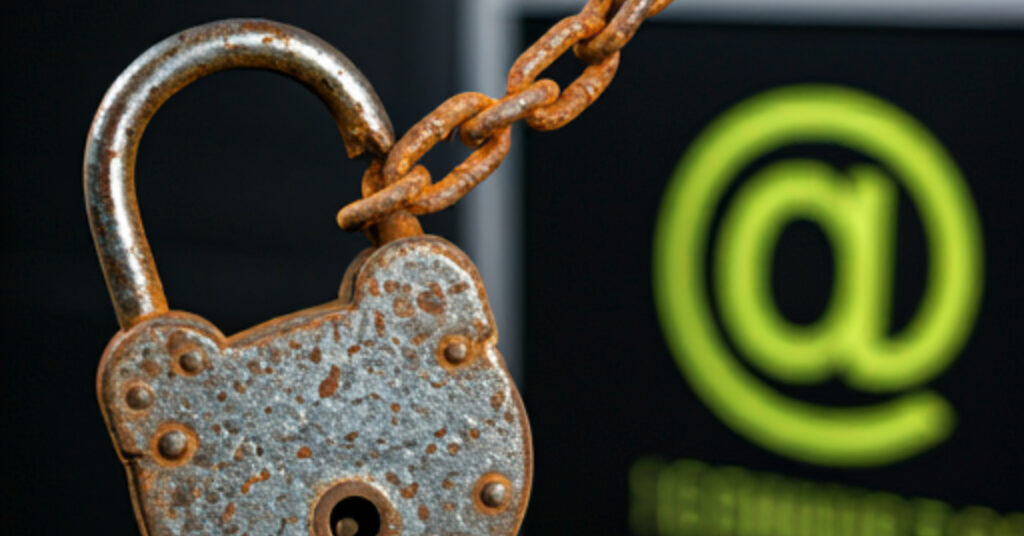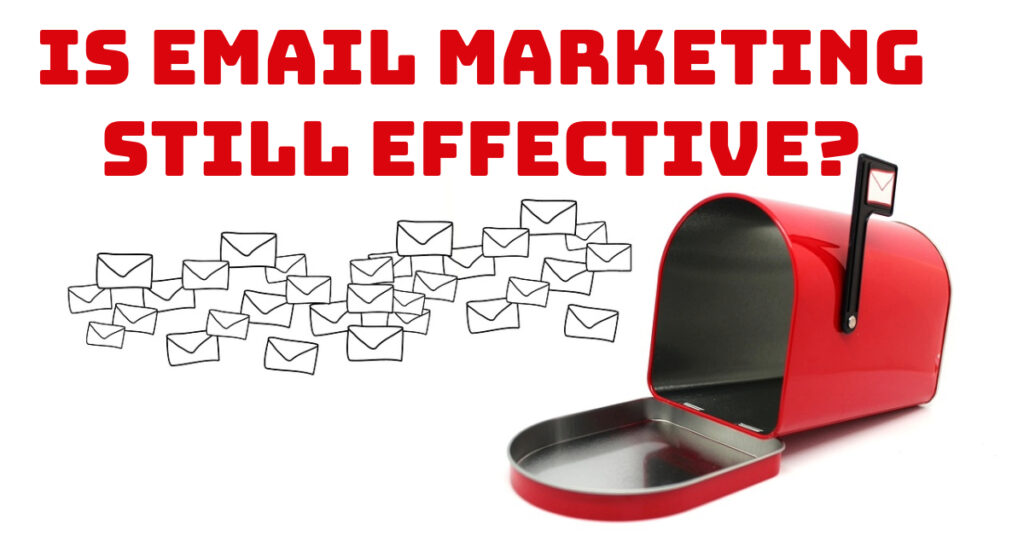Email is one of our primary ways to communicate, sign up for accounts, and stay updated with news, so it’s no surprise that protecting our email addresses is important. But when you give out your email, especially for newsletters or online accounts, you might wonder, “Is it really safe?” or “What can someone do with my email address without password?”
Understanding basic email security is key to using your email confidently. The good news? Keeping your email safe doesn’t have to be complicated! Below, we’ll explore a few scenarios, so you’ll know what’s possible, what’s unlikely, and how to easily protect yourself.
Why Would Someone Even Want My Email Address?
Most of us are accustomed to giving out our email addresses for newsletters, online accounts, and subscriptions. If you’re signed up to a lot of lists, it’s only natural to wonder about “What Can Someone Do With My Email Address Without Password?”. But in most cases, giving your email address away is low-risk. Scammers might try to use your email for mild mischief, but with basic precautions, you can keep things secure.
What Can Someone Do With My Email Address Without Password?

Here’s “What Can Someone Do With My Email Address Without Password? ” and, more importantly, why you don’t need to lose sleep over it!
1. You Might See an Increase in Spam (Annoying but Harmless)
- The Reality: Spam emails are a nuisance but usually harmless. Your email could be added to spam lists, which might mean more “junk” messages in your inbox.
- How to Avoid It: Most email providers have strong spam filters. Plus, if a spam email does sneak through, marking it as spam helps train your email provider to keep similar messages out in the future.
2. You Might Be Targeted for Phishing Emails (Just Be Cautious!)
- The Reality: Scammers sometimes use email to send phishing messages, trying to make you click on links or share private information. But with a few simple habits, you can steer clear.
- What You Can Do: Check for obvious red flags like typos, generic greetings, or suspicious requests. Don’t click on anything you’re unsure about. Most phishing scams rely on curiosity, but as long as you’re cautious, they’re easily avoidable.
3. There’s a Chance of Impersonation (But It’s Unlikely)
- The Reality: Impersonation happens when scammers try to trick your contacts by pretending to be you. It’s rare, but possible if someone is motivated enough.
- Your Safety Steps: Keep your social media accounts and email secure with strong, unique passwords. Most email providers offer two-factor authentication, which adds another layer of security. This simple step makes it much harder for someone to impersonate you online.
4. Annoying Marketing Emails Might Come Your Way
- The Reality: Some companies or marketers might use your email to send promotional messages. It’s not harmful, but it can clog up your inbox.
- Quick Fix: Unsubscribe or mark as spam if you receive marketing emails you don’t remember signing up for. Most companies respect unsubscribe requests, so you can keep your inbox clear of these distractions.
5. Risk of Data Collection (Manageable and Generally Low-Impact)
- The Reality: Some websites may use email addresses to collect data for advertising or analytics, but this type of tracking is limited and regulated by laws like GDPR.
- Your Security Step: Avoid signing up for services you don’t trust. A reputable website with a clear privacy policy is a safer choice, and using a secondary email for subscriptions can also help reduce data collection concerns.
Simple Steps to Keep Your Email Safe

Feeling a bit more at ease? Here are a few more quick and easy tips to keep your email (and your peace of mind) secure:
- Use Two-Factor Authentication (2FA): This extra step for logging into your email makes it nearly impossible for anyone without your phone or a second device to access your account.
- Change Passwords Regularly: Using a password manager can help you keep track of unique, strong passwords and change them regularly.
- Limit Email Exposure: Avoid sharing your main email address on public forums or websites where it can be collected by spammers.
- Keep Your Software Up-to-Date: Outdated software can have security vulnerabilities that cyber criminals exploit. This applies to your email app, browser, and operating system. Make sure your devices are set to update automatically, especially for security patches and software updates. Staying current with updates is a simple way to keep your email protected from threats.
- Be Cautious with Email Links and Attachments: Even if an email appears legitimate, avoid clicking on unexpected links or downloading attachments from unknown senders. Phishing scams often use these tactics to trick users into revealing sensitive information. Instead, verify the sender’s email address and, if in doubt, visit the website directly through your browser rather than clicking on a link.
Final Thoughts: Be Informed, Not Alarmed

Yes, it’s smart to know “What Can Someone Do With My Email Address Without Password? “, but remember, the vast majority of people who use email daily experience very few, if any, issues. By following these simple steps, you’re already doing more than enough to protect yourself. Rest easy—your online safety is largely in your control!
With these precautions in place, you can subscribe to newsletters, enjoy your online activities, and feel secure in your digital space.



